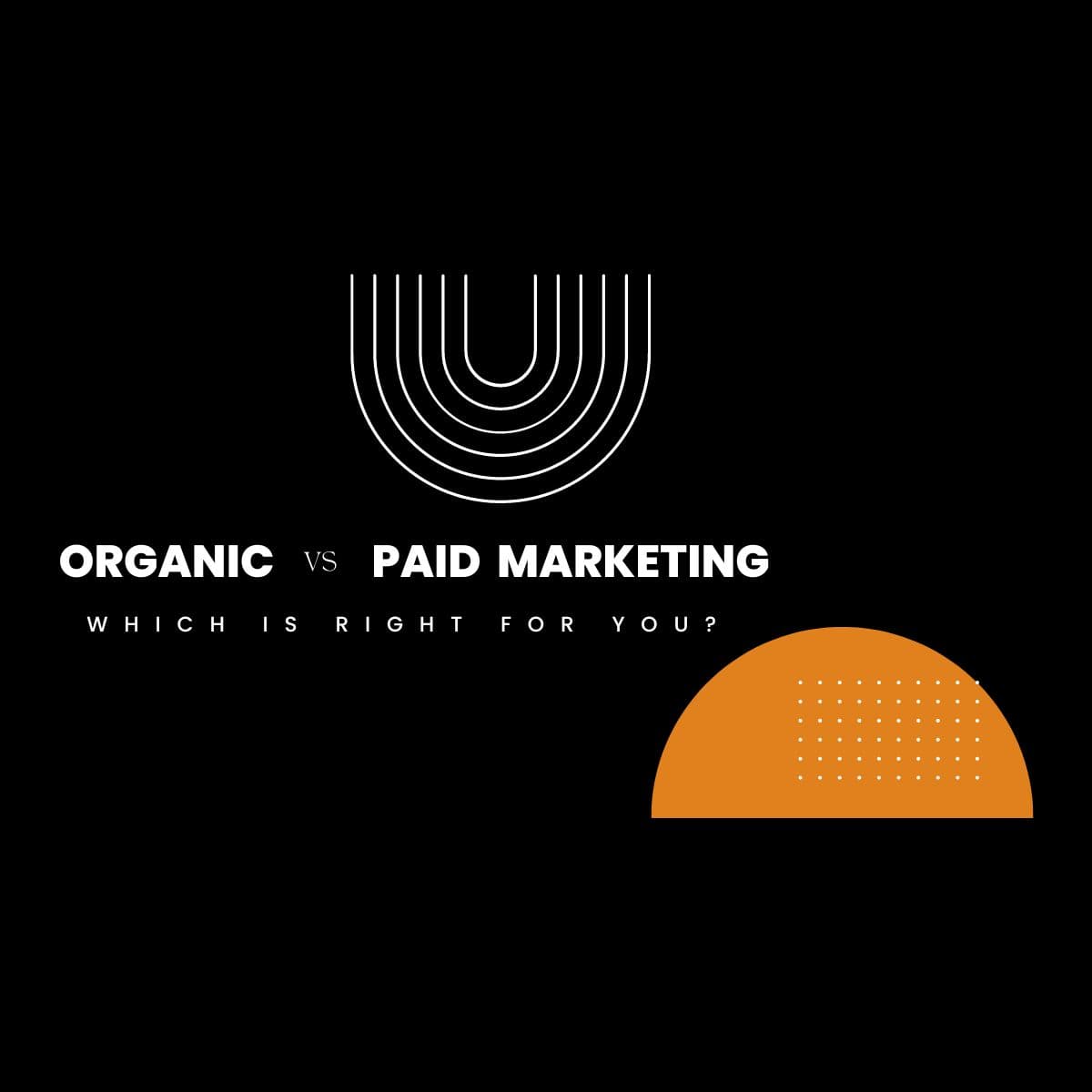Differences between Organic and Paid Marketing
Understanding the key differences between organic and paid marketing can help optimize your business’s digital strategy. Let's explore what makes each approach unique and how they can work together to achieve your goals.

What is Organic Marketing?
Organic marketing is the process of attracting traffic to your business website over time using a combination of content and SEO (Search Engine Optimization) tactics, rather than using paid methods. It relies on quality content to generate interest and draw visitors to your site, fostering long-term engagement.
Types of Organic Marketing
- SEO
- Content Marketing
- Guest Blogging
- Email Marketing
- Video Marketing
What is Paid Marketing?
Paid marketing involves using advertisements to reach customers through sponsored posts, banner ads, and paid clicks. Platforms like Facebook, Twitter, and Google are popular options for paid marketing campaigns, enabling businesses to reach a wider audience quickly.
Types of Paid Marketing
- Social Media Ads
- Search Engine Ads
- Video Ads
Identify Your Audience
Whether using organic or paid marketing, the first step is identifying your desired audience by creating an Ideal Customer Profile (ICP). Analyze your present audience and compare it to your ICP to guide your marketing strategies.
Set Your Goals
You must establish clear goals before starting your marketing campaigns. Are you aiming to increase brand visibility, enhance customer loyalty, or boost sales? Establishing these objectives will help determine which strategy to prioritize.
Choosing Platforms
Identify which platforms are best suited for your business and audience based on the type of content you produce and the platforms your potential customers use. Examples include YouTube, social media, email newsletters, and communities like Slack or Discord.
Creating and Optimizing Content
After choosing platforms, create content that aligns with your goals and is tailored for your audience. Optimize it using metadata, keywords, and effective design to enhance search engine visibility.
Evaluate Audience and Keywords
Choose keywords that reflect your audience’s search intent and optimize for Natural Language Search (NLS). Negative keywords, on the other hand, allow you to exclude terms that aren’t relevant to your content or target audience.
Split Campaigns Based on Marketing Goals
Diversify your paid marketing strategy by dividing campaigns based on goals such as awareness or conversions. This will ensure better targeting and performance tracking.
Focus on Conversions
Conversion is a crucial part of paid marketing. It helps gauge your campaign’s success and suggests potential next actions for optimization and improvement. Prioritize metrics like conversion rate, Return On Ad Spend (ROAS), and Cost Per Acquisition (CPA).
Improve Landing Page Speed
Ensure your website loads quickly, as a slow site can negatively impact user experience and increase bounce rates. Regularly monitor performance and remove any heavy assets that could cause delays.
Track and Test
Identify your key performance indicators (KPIs) and track your progress to determine what’s working and what needs improvement. Regular testing will help refine your strategy and boost conversion rates.
Conclusion
Both organic and paid marketing have their place in a well-rounded digital strategy. Organic marketing is a long-term approach focused on generating sustained traffic, while paid marketing delivers quick results by targeting specific audiences. Use them together to maximize reach, build brand awareness, and achieve your business goals.